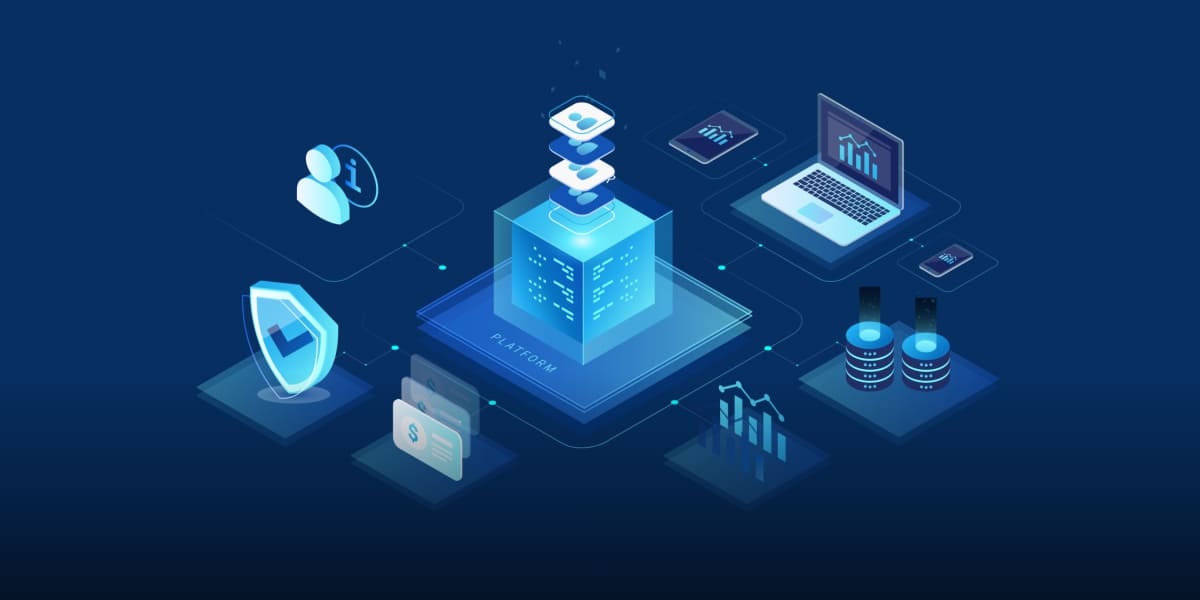Effective infrastructure management is vital for organisations to ensure optimal performance, availability, and reliability of their systems. In today’s complex and dynamic technology landscape, monitoring and analytics play a crucial role in proactively managing infrastructure. By providing real-time insights, identifying trends, and enabling proactive decision-making, monitoring and analytics empower organizations to optimize their infrastructure and deliver superior user experiences. In this blog, we will explore the importance of monitoring and analytics in infrastructure management.
1. Proactive Issue Detection and Troubleshooting using Monitoring:
This infrastructure components such as servers, networks, databases, and applications in real-time allows for the early detection of performance issues, bottlenecks, and anomalies. By leveraging monitoring tools and analytics, organisations can identify and address potential problems before they impact end-users. Proactive troubleshooting reduces downtime, minimizes the impact on business operations, and enhances overall system performance.
2. Performance Optimisation and Capacity Planning:
This platform provide valuable insights into the performance of infrastructure resources. By tracking key performance indicators (KPIs) such as CPU utilisation, memory usage, network bandwidth, and response times, organizations can identify areas for improvement and optimize resource allocation. Data-driven capacity planning enables organisations to scale their infrastructure effectively, ensuring optimal performance and avoiding resource bottlenecks.
3. Predictive Maintenance and Fault Prevention:
Through continuous monitoring and advanced analytics, organisations can adopt a predictive maintenance approach for their infrastructure. By analyzing historical data, trends, and patterns, it becomes possible to predict potential hardware failures, software glitches, or system slowdowns. Proactive measures can then be taken to prevent critical issues and minimize unplanned downtime. This approach reduces costs associated with reactive maintenance and improves overall infrastructure reliability.
4. Security and Compliance:
This infrastructure is essential for ensuring security and compliance with industry regulations. By implementing robust security monitoring and analytics, organisations can detect and respond to security incidents in real-time. Suspicious activities, unauthorised access attempts, and potential breaches can be identified, allowing for immediate response and remediation. It also helps in meeting compliance requirements by providing audit trails, log analysis, and incident reporting.
5. User Experience Optimisation:
This platform enable organisations to gain valuable insights into user behavior and experience. By tracking application response times, transaction volumes, and user interactions, organisations can identify areas of improvement and optimize the user experience. It helps identify usability issues, identify patterns of user behavior, and gather feedback for iterative improvements.
6. Cost Optimisation:
This platform contribute to cost optimisation by providing visibility into resource utilisation and performance efficiency. By identifying under-utilised resources, organisations can optimize their infrastructure and reduce unnecessary costs. Additionally, it helps in identifying cloud service usage patterns, enabling organisation’s to optimize their cloud spending and choose cost-effective solutions.
7. Continuous Improvement and SLA Compliance:
This platform facilitate data-driven decision-making and continuous improvement. By analyzing infrastructure performance metrics, organizations can set benchmarks, track progress, and measure against service level agreements (SLAs). It helps identify areas where SLAs are not being met, enabling organizations to take corrective actions and enhance service delivery.
Monitoring and analytics are integral components of effective infrastructure management. They provide real-time visibility, actionable insights, and enable proactive decision-making. By leveraging monitoring tools and analytics, organizations can detect issues, optimize performance, enhance security, and improve user experiences. The ability to track and analyze infrastructure data empowers organizations to drive continuous improvement, meet compliance requirements, and ensure the reliable and efficient operation of their systems. Embracing monitoring and analytics as part of infrastructure management strategies is essential in today’s technology-driven landscape.
